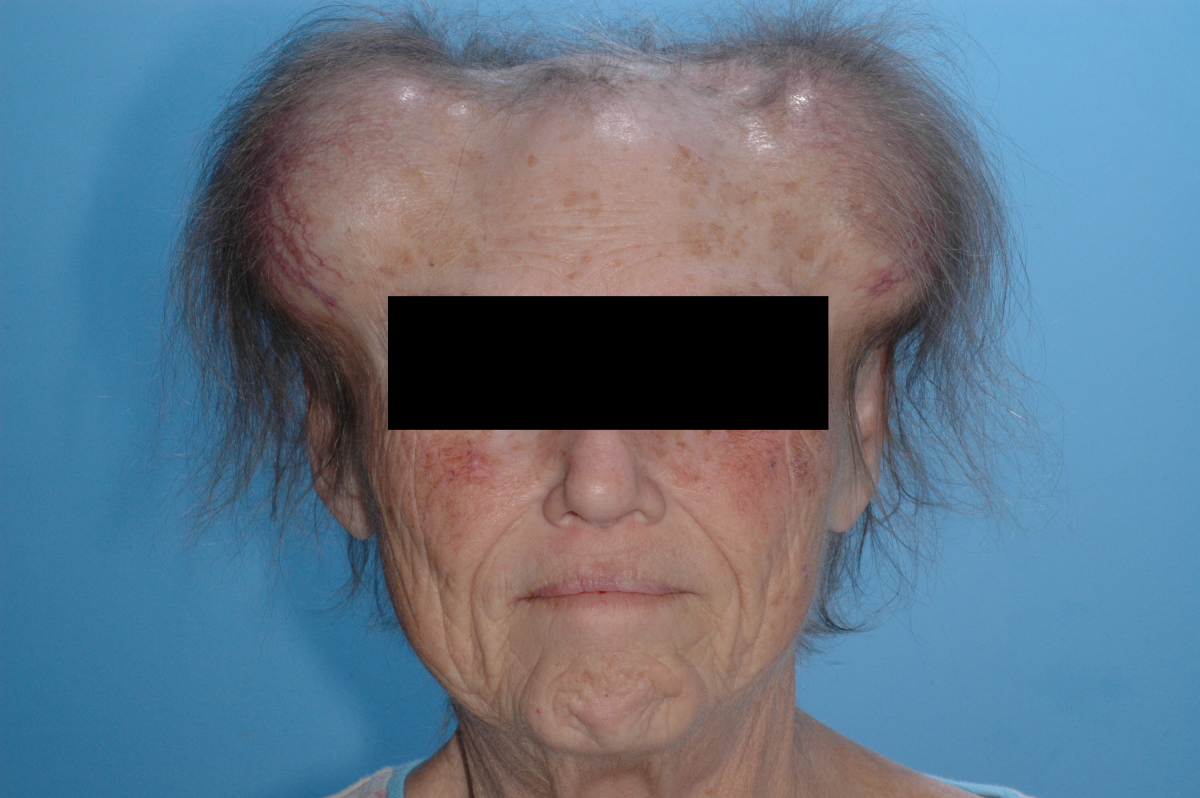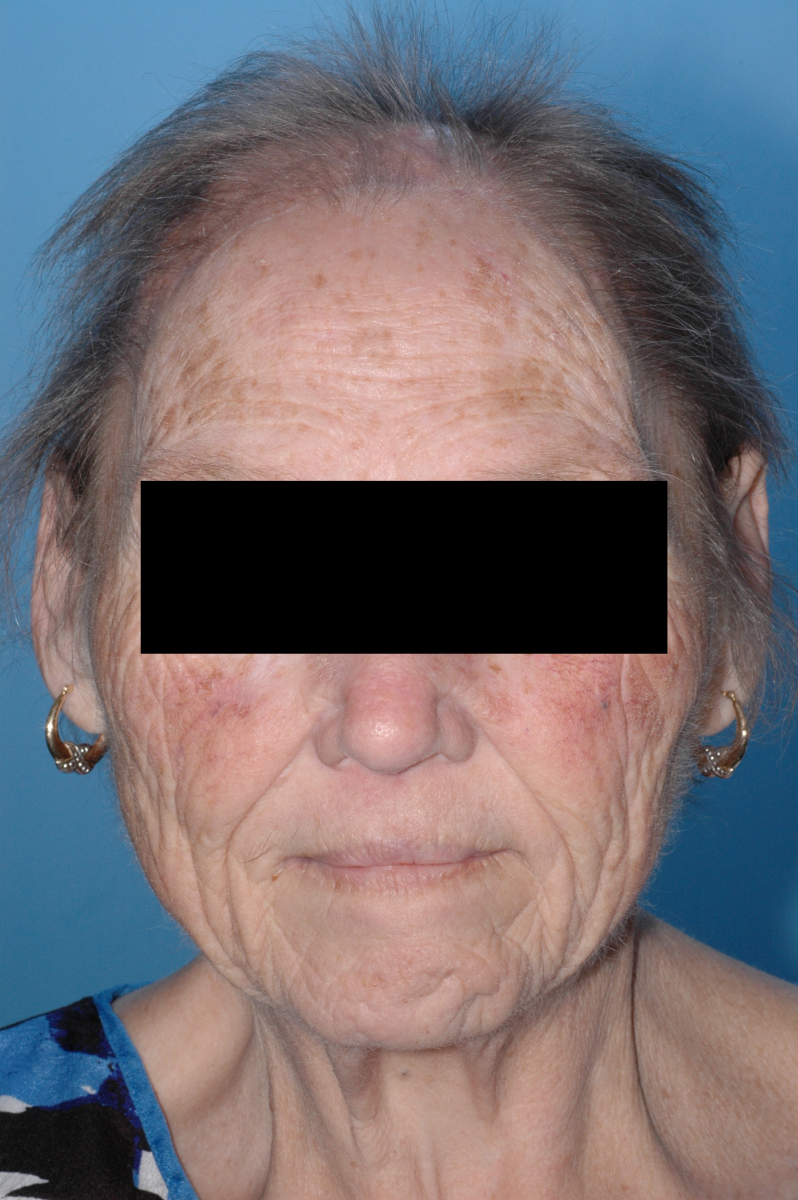Tissue Expansion
C.W. David Chang, MD
Associate Professor of Clinical Otolaryngology
Department of Otolaryngology—Head and Neck Surgery
University of Missouri
Columbia, MO
Tissue expansion is a reconstructive option that may be suitable for repair of cutaneous defects. Its use can provide increased availability of local tissue of similar characteristics for rearrangement. Successful implementation requires careful planning, vigilance during inflation, and appropriate patient counselling. This module will review basic science of tissue expansion, strategies for choosing the appropriate implant, and managing/avoiding complications.
- Discern what reconstructive scenarios would benefit from tissue expansion.
- Develop a reconstructive plan (expander choice, flap creation) using tissue expanders.
- Avoid and manage complications of tissue expansion.
Basic Science
- Describe the principles of mechanical creep (compression of ground substance, micro-fragmentation of elastin fibers, realignment of collagen fibers) vs biological creep (metabolic production and cell proliferation).
- Recognize the effects of long-term tissue expansion on the epidermis, dermis, subcutaneous tissue, nerves, and underlying bone.
- van Rappard JH, Sonneveld GJ, Borghouts JM. Histologic changes in soft tissues due to tissue expansion (in animal studies and humans). Facial Plast Surg. 1988;5:280-6.
- Matturri L, Azzolini A, Riberti C, Lavezzi AM, Cavalca D, Vercesi F, Azzolini C. Long-term histopathologic evaluation of human expanded skin. Plast Reconstr Surg. 1992;90:636-42.
- Pasyk KA, Argenta LC, Hassett C. Quantitative analysis of the thickness of human skin and subcutaneous tissue following controlled expansion with a silicone implant. Plast Reconstr Surg. 1988;81:516-23.
- Manders EK, Saggers GC, Diaz-Alonso P, Finn L, Sipio JC, Glumac T, Au VK, Wong RK, Mottaleb M. Elongation of peripheral nerve and viscera containing smooth muscle. Clin Plast Surg. 1987;14:551-62.
Patient Evaluation
- Analyze local anatomic factors that may be more favorable for tissue expansion process.
- Relate pre-treatment counselling required to prepare the patient for tissue expansion techniques.
- Recognize the risks associated with expansion of “compromised tissue”: previously radiated and burned skin.
- Chang CW, McEwan A. Tissue Expanders in the head and neck. In: Sclafani, A, Stalofff, R, eds. Sataloff’s Comprehensive Textbook of Otolaryngology Head & Neck Surgery: Facial Plastic and Reconstructive Surgery. New Delhi: Jaypee Brothers Medical Publishers; 2016.
- Kane WJ, McCaffrey TV, Wang TD, Koval TM. The effect of tissue expansion on previously irradiated skin. Arch Otolaryngol Head Neck Surg. 1992;118:419-26.
- Huang X, Qu X, Li Q. Risk factors for complications of tissue expansion: a 20-year systematic review and meta-analysis. Plast Reconstr Surg. 2011;128:787-97.
Surgical Therapies
- Construct a surgical plan (incision placement, port placement) for expander insertion.
- Estimate the size and shape of the expander required for reconstruction.
- Differentiate rapid intra-operative expansion vs. long-term expansion technique.
- Design skin rotation and advancement after expansion to cover defect.
- Discuss the use of expanders for defects of the forehead, scalp, face, neck, nose, and ear.
- van Rappard JH, Sonneveld GJ, Borghouts JM. Geometric planning and the shape of the expander. Facial Plast Surg. 1988;5:287-90.
- Zide BM, Karp NS. Maximizing Gain from Rectangular Tissue Expanders. Plastic & Reconstructive Surgery. 1992;90(3):500–505.
- Kabaker SS. Tissue expansion for the treatment of alopecia. Hair Transplantation. 2nd edition. New York, Marcel Dekker, 1987.
- Antonyshyn O, Gruss JS, Zuker R, Mackinnon SE. Tissue expansion in head and neck reconstruction. Plast Reconstr Surg. 1988;82:58-68.
- Apesos J, Perofsky HJ. The expanded forehead flap for nasal reconstruction. Ann Plast Surg. 1993;30:411-6.
- Kroll SS. Forehead flap nasal reconstruction with tissue expansion and delayed pedicle separation. Laryngoscope. 1989;99:448-52.
- Menick FJ. Nasal Reconstruction: Forehead Flap. Plastic and Reconstructive Surgery. 2004;113:100e–111e.
- Romo T 3rd, Jablonski RD, Shapiro AL, McCormick SA. Long-term nasal mucosal tissue expansion use in repair of large nasoseptal perforations. Arch Otolaryngol Head Neck Surg. 1995;121:327-31.
- Gault D. Post traumatic ear reconstruction. Journal of plastic, reconstructive & aesthetic surgery : JPRAS. 2008;61 Suppl 1:S5–12.
- Harris PA, Ladhani K, Das-Gupta R, Gault DT. Reconstruction of acquired sub-total ear defects with autologous costal cartilage. British journal of plastic surgery. 1999;52:268–75.
- Dashan Y, Haiyue J, Qinghua Y, et al. Technical innovations in ear reconstruction using a skin expander with autogenous cartilage grafts. Journal of plastic, reconstructive & aesthetic surgery : JPRAS. 2008;61 Suppl 1:S59–69.
Case Studies
66 year old female with history of superficial spreading melanoma and melanoma in situ on the central vertex of the scalp. Wide local excision with split thickness skin graft reconstruction was performed one month prior. In addition to the melanoma (0.5 mm thick), melanoma in situ was present extensively and along the margins. Further wider excision of the in-situ melanoma is planned and the patient desires concomitant reconstruction. Currently the patient has a well healed skin graft on the vertex of her scalp measuring 5 cm x 4.5 cm. There are pigmented lesions surrounding the graft, suspicious for melanoma in situ extending 5 cm in front of the skin graft to 3 cm left lateral from the skin graft. These areas would likely need to be included in the re-excision, along with the previous skin graft. What are the next steps?
- Patient was counselled regarding tissue expansion experience (time, deformity, discomfort) vs alternatives.
- Implants: given the central location of the current (and anticipated) defect, two 250 cc rectangular implants (7.3 cm x 10.4 cm base, 5.6 cm height) were selected to maximize area for expansion. These were placed into a subgaleal pocket accessed through an incision directly adjacent to skin graft. Port was placed over mastoid.
- Inflation was begun 2 weeks after placement. Approximately 10-20 cc saline was instilled weekly, volume limited by either patient discomfort or before blanching of overlying skin occurs. Expansion proceeded until planned date of surgery.
- Expanded skin was incised horizontally posteriorly and anteriorly to create bilateral advancement flaps for closure. Length discrepancies were compensated by Burrow’s triangle excisions and W-plasty closure.


- Chang CW, McEwan A. Tissue Expanders in the head and neck. In: Sclafani, A, Stalofff, R, eds. Sataloff’s Comprehensive Textbook of Otolaryngology Head & Neck Surgery: Facial Plastic and Reconstructive Surgery. New Delhi: Jaypee Brothers Medical Publishers; 2016.
Complications
- Recognize and avoid ischemia of the skin overlying the expander during filling.
- Manage implant exposure (bladder vs port).
- Swenson RW. Controlled tissue expansion in facial reconstruction. In: Baker SR editor. Local Flaps in Facial Reconstruction. 2nd ed. St. Louis: Mosby; 2007.
- Manders EK, Schenden MJ, Furrey JA, Hetzler PT, Davis TS, Graham WP 3rd. Soft-tissue expansion: concepts and complications. Plast Reconstr Surg. 1984;74:493-507.
Review
- What tissue changes occur with gradual chronic tissue expansion (such as with a tissue expander)?
- What guidelines help select the size and shape of the tissue expander for use?
- What strategies can be employed in the event of exposure of the implant during the expansion phase?
- van Rappard JH, Sonneveld GJ, Borghouts JM. Geometric planning and the shape of the expander. Facial Plast Surg. 1988;5:287-90.
- Chang CW, McEwan A. Tissue Expanders in the head and neck. In: Sclafani, A, Stalofff, R, eds. Sataloff’s Comprehensive Textbook of Otolaryngology Head & Neck Surgery: Facial Plastic and Reconstructive Surgery. New Delhi: Jaypee Brothers Medical Publishers; 2016.
- Manders EK, Schenden MJ, Furrey JA, Hetzler PT, Davis TS, Graham WP 3rd. Soft-tissue expansion: concepts and complications. Plast Reconstr Surg. 1984;74:493-507.
